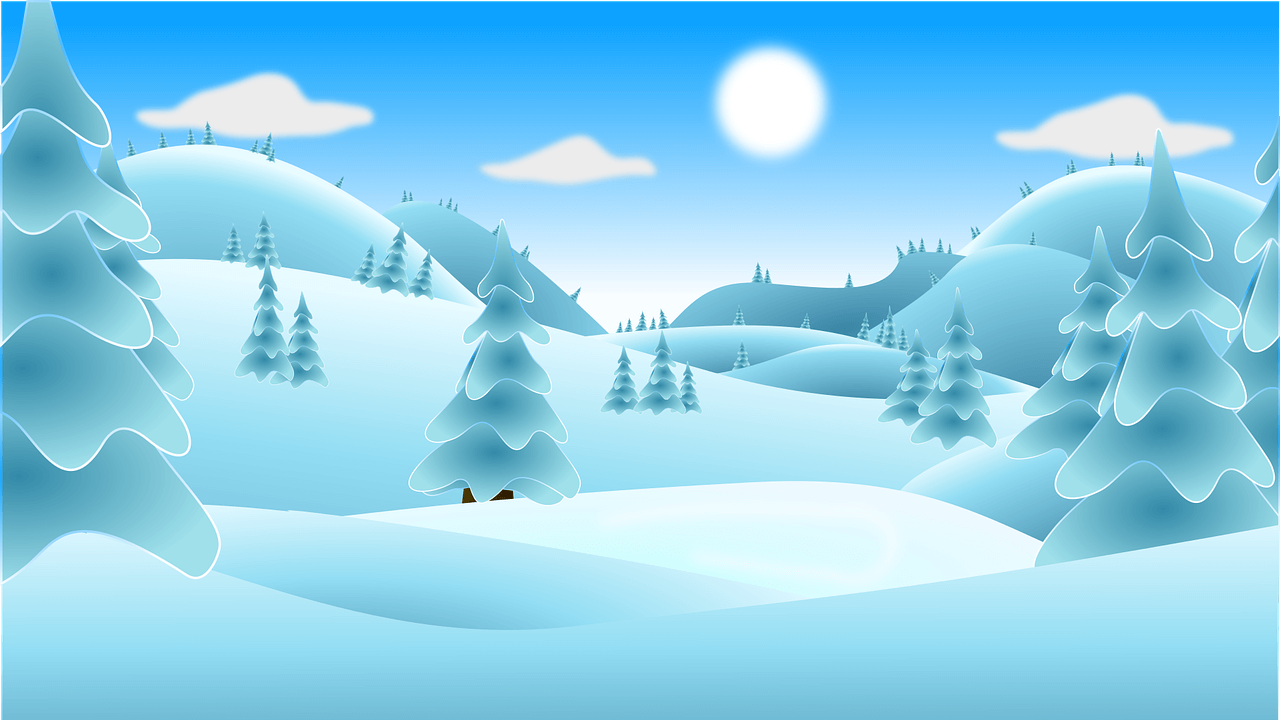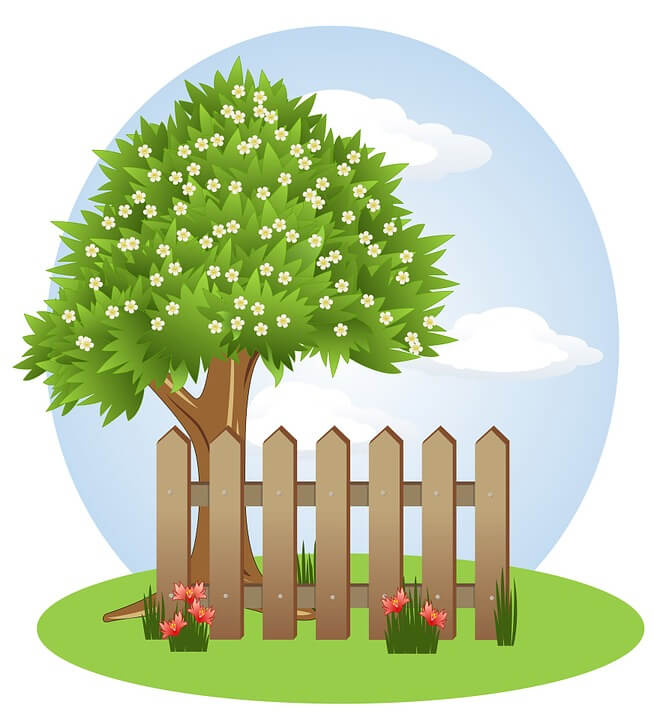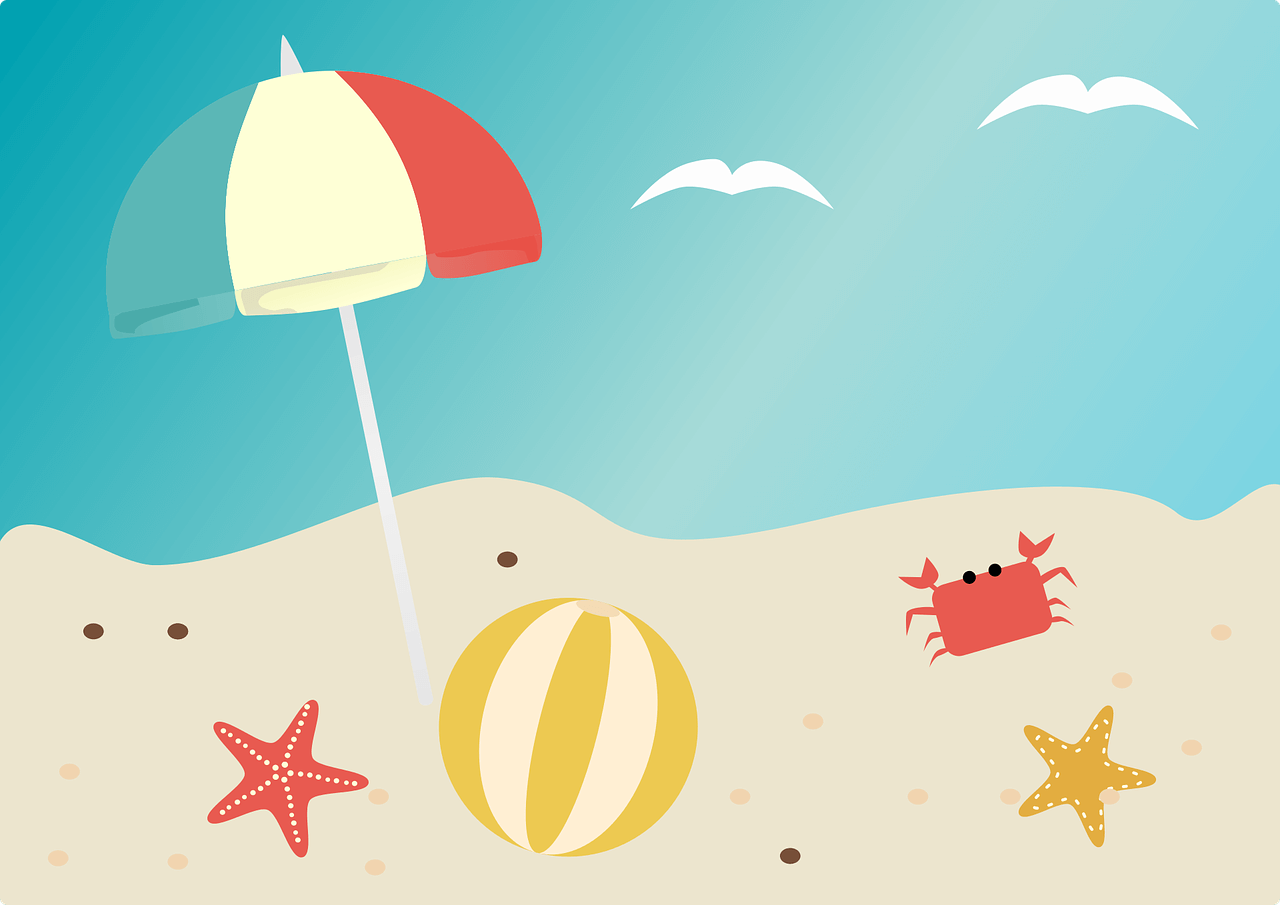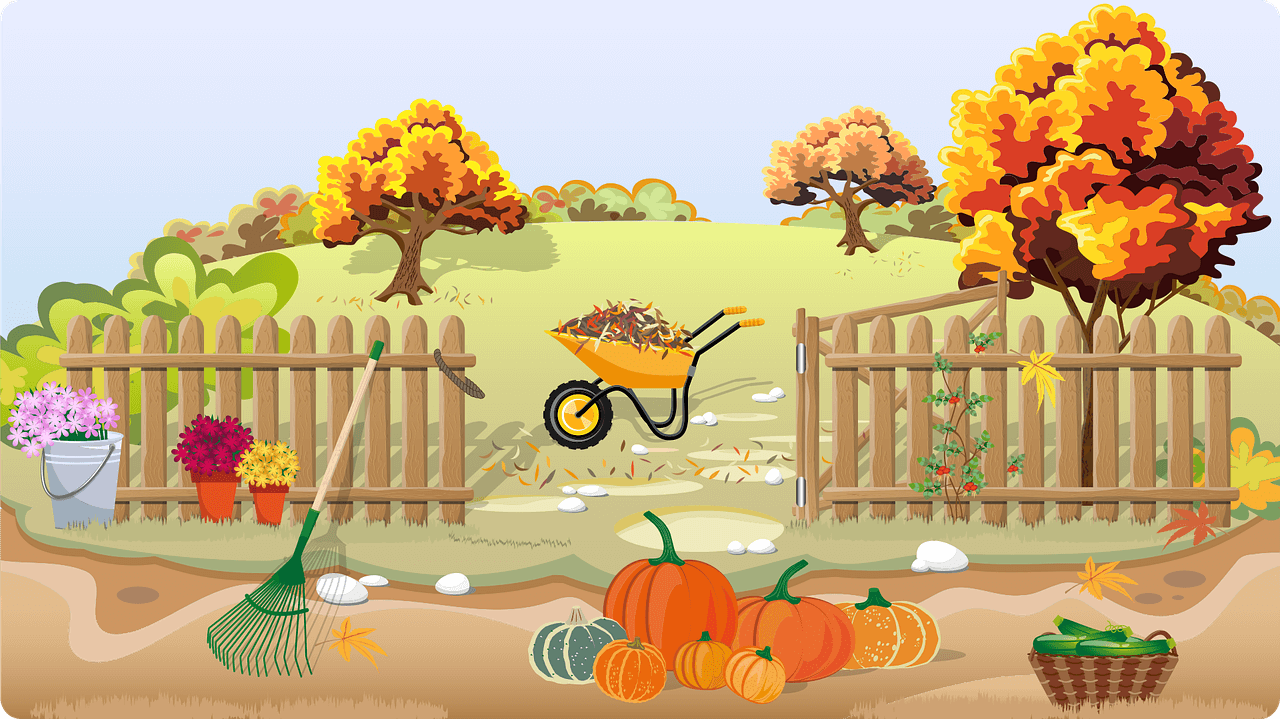Mevsimlerin ingilizce olarak kısaca tanıtımı, açıklaması. Kış, sonbahar, yaz ve ilkbahar, Mevsimler hakkında ingilizce yazı.
Mevsimlerin İngilizce Tanıtımı

Kaynak: pixabay.com
KIŞ – WINTER
Winter is one of the four seasons. It begins on the Winter Solstice and ends on the Vernal Equinox. Winter is the season with the shortest days and the lowest temperatures. Wind chill can cause problems during the winter. Wind chill is the combination of wind and temperature and is based on the rate of heat loss from exposed skin. When it is Winter in the Southern Hemisphere, it is Summer in the Northern Hemisphere. This occurs because the Southern Hemisphere is tilted away from the sun and the Northern Hemisphere faces the sun more directly because of the way the earth is tilting toward the sun. Trees and plants stop growing in the winter. Many animals hibernate or migrate away from the cold weather.
Winter brings snow and ice for many people in the world. Evergreen trees are brought inside homes and set up for Christmas celebrations. Bears have gone into hibernation and most trees have lost all of their leaves. Shoveling snow and building snowmen are two common activities of the winter season.

Kaynak: pixabay.com
İLKBAHAR – SPRING
In the Northern Hemisphere Spring usually occurs during the months of March, April, May, or from the Vernal Equinox (March 20) to the Summer Solstice (June 21). The opposite is true for the Southern Hemisphere. The first day of spring is also called the vernal equinox where there is supposed to be 12 hours of daylight and 12 hours of night. In spring, the Earth’s axis is tilted toward the sun, increasing the number of daylight hours and bringing warmer weather. Severe weather most often occurs during the spring, when warm air begins to move up from the lower latitudes and cold air pushes down from the polar regions. Many trees, flowers, plants and bulbs begin to grow during the Spring. Animals begin to shed their winter coats for the warmer weather. Many birds lay their eggs in the Spring. Severe weather most often occurs during the Spring. Crops are planted in the Spring.
In nature, the spring season is a time of renewal. Trees begin to bud and flowers bloom. Rainy days help the growth of the flowers, grass, and trees during the spring.

Kaynak: pixabay.com
YAZ – SUMMER
When it is Summer in the Southern Hemisphere, it is Winter in the Northern Hemisphere, and vice versa. Summer occurs because of the way the earth is tilted toward the sun. The hemisphere that is tilted in the direction of the sun experiences Summer and the hemisphere that is tilted away from the sun experiences Winter. Summer is the whole months of December, January, and February in the Southern Hemisphere, and the whole months of June, July, and August in the Northern Hemisphere. Summer is the season with the longest and warmest days of the year. Summer is the time of year that allows people to spend a great deal of time outdoors. Summer is when many crops are grown. Summer is the time when most children have a long vacation from school. In the United States, the Fourth of July and Labor Day are celebrated during the summer months. Many trees, shrubs and flowers grow the most during the summer.
For many students, summer is a time of relaxation and a break from schoolwork. The long days of summer allow for lots of time with friends and family. Summer is a common season for thunderstorms that are both powerful and exciting to see.

Kaynak : pixabay.com
SONBAHAR – AUTUMN (FALL)
Autumn is one of the four seasons. It is the transition from Summer into Winter. The weather also begins to get colder and many plants stop making food. Autumn is the time when deciduous trees shed their leaves. The leaves change from green to red, orange, yellow or brown before falling. The Autumnal Equinox (around September 23 in the Northern Hemisphere and March 21 in the Southern Hemisphere) signifies the start of Autumn, and it ends with the Winter Solstice (around December 21 in the Northern Hemisphere and June 21 in the Southern Hemisphere.) Many animals begin to prepare for the winter by storing food in their nests and dens or fat on their bodies.
In Autumn, there is less sunlight because the days are shorter. Many animals begin to grow warmer coats to prepare for the cold weather following Autumn.
The fall season brings colder temperatures and frost. Corn is one of the crops that is harvested in the fall. Furthermore, in the fall season there are animals that prepare for hibernation by eating a lot in order to store up enough body fat to live on through the winter months.
Yorum yapılmamış
grammar is vey good